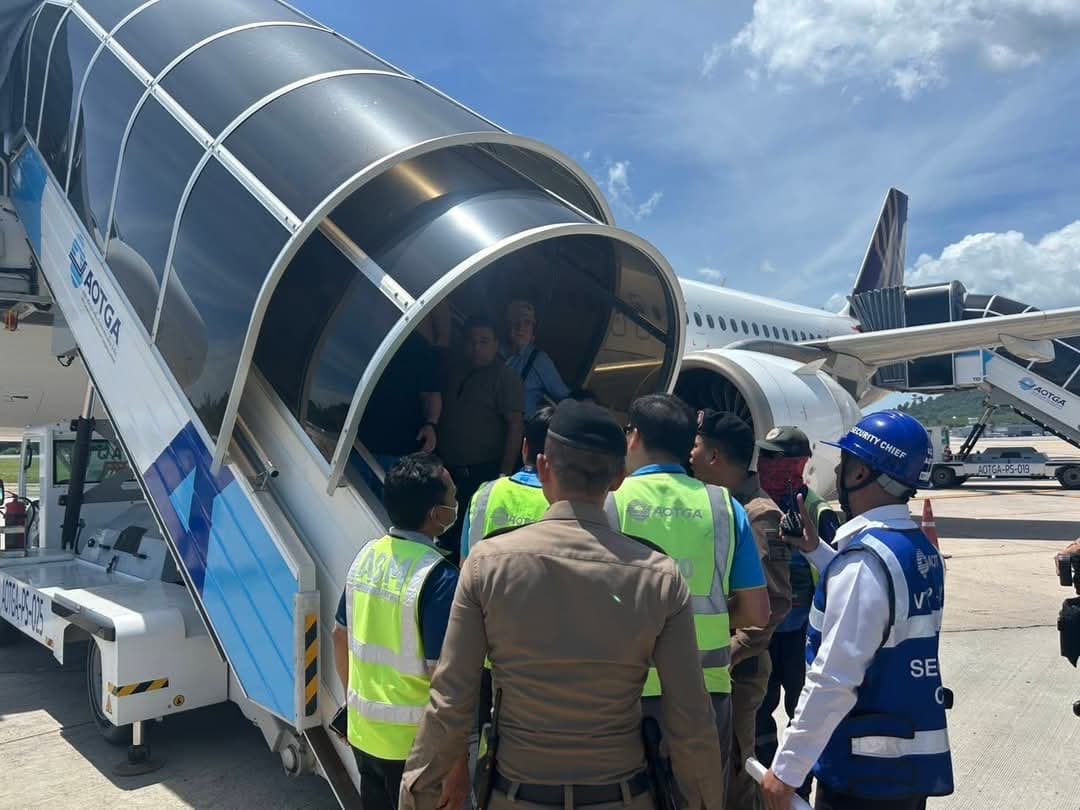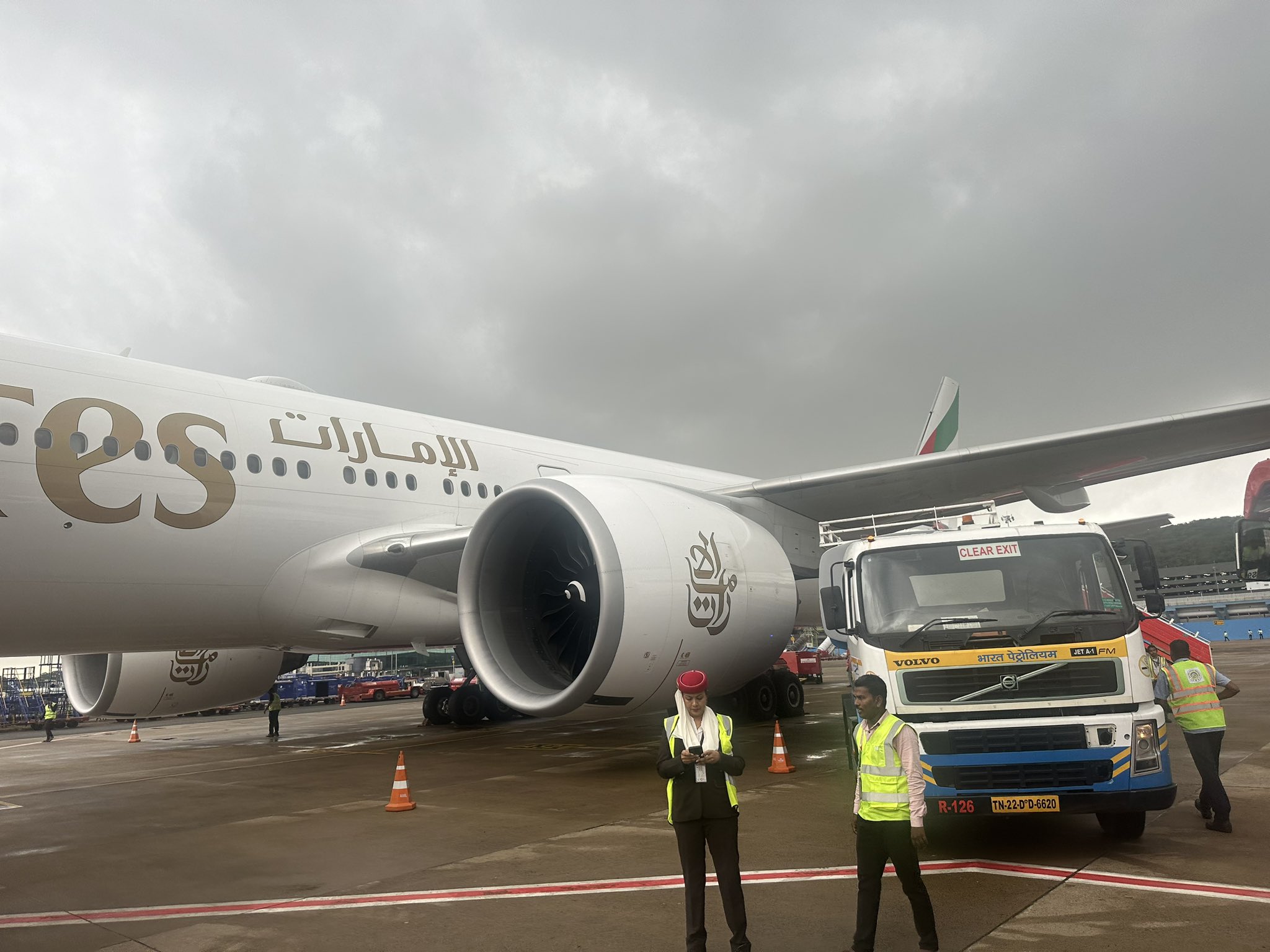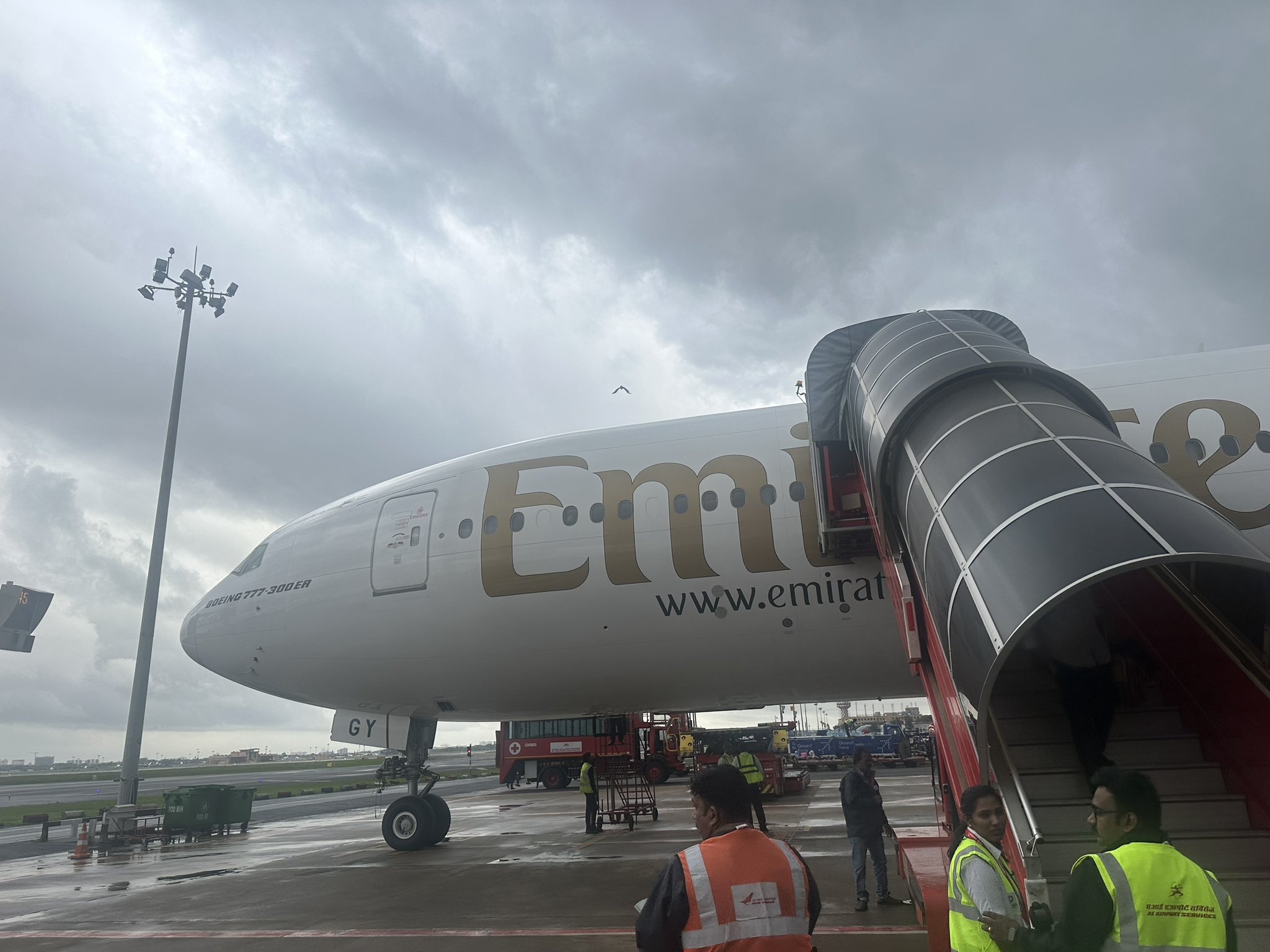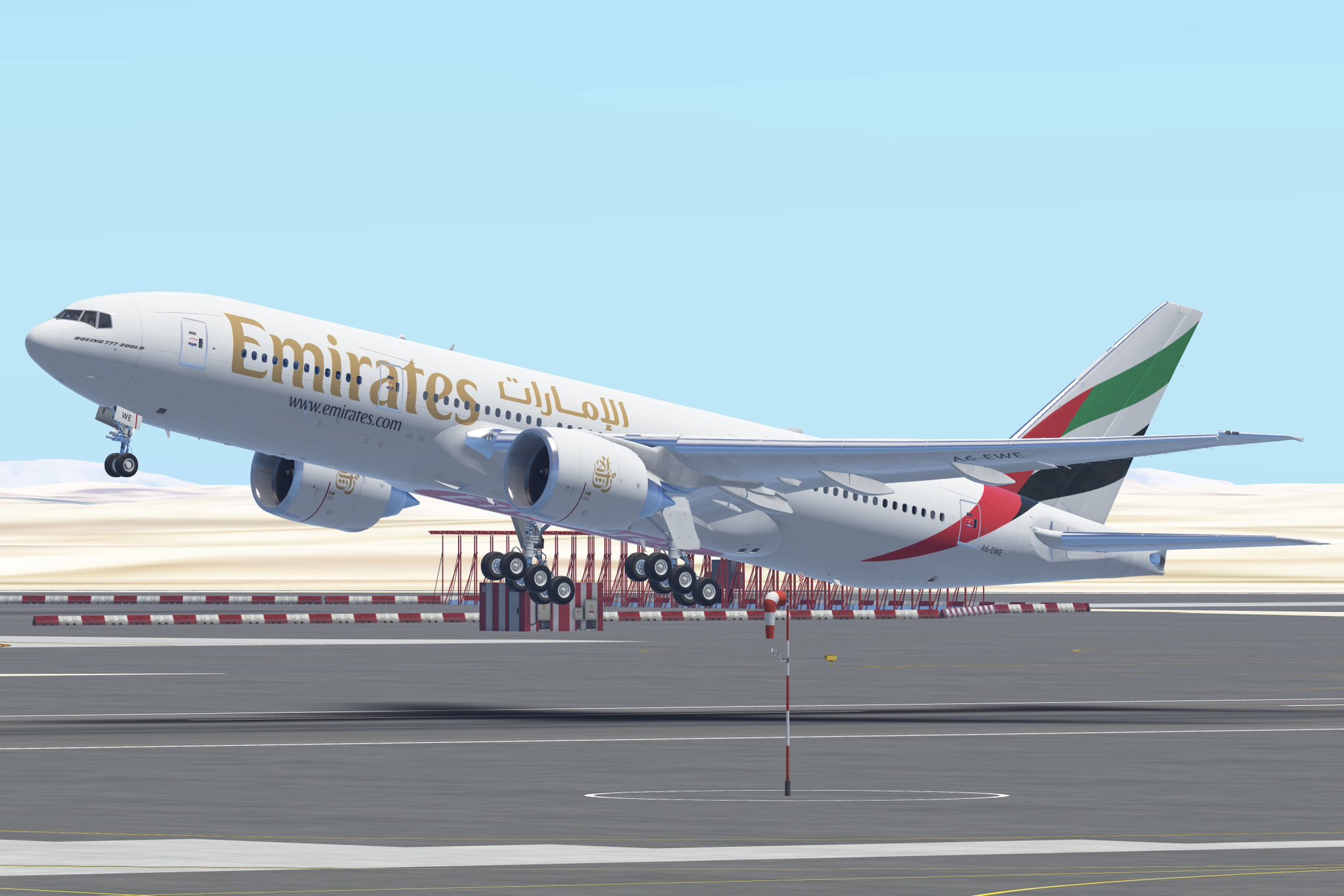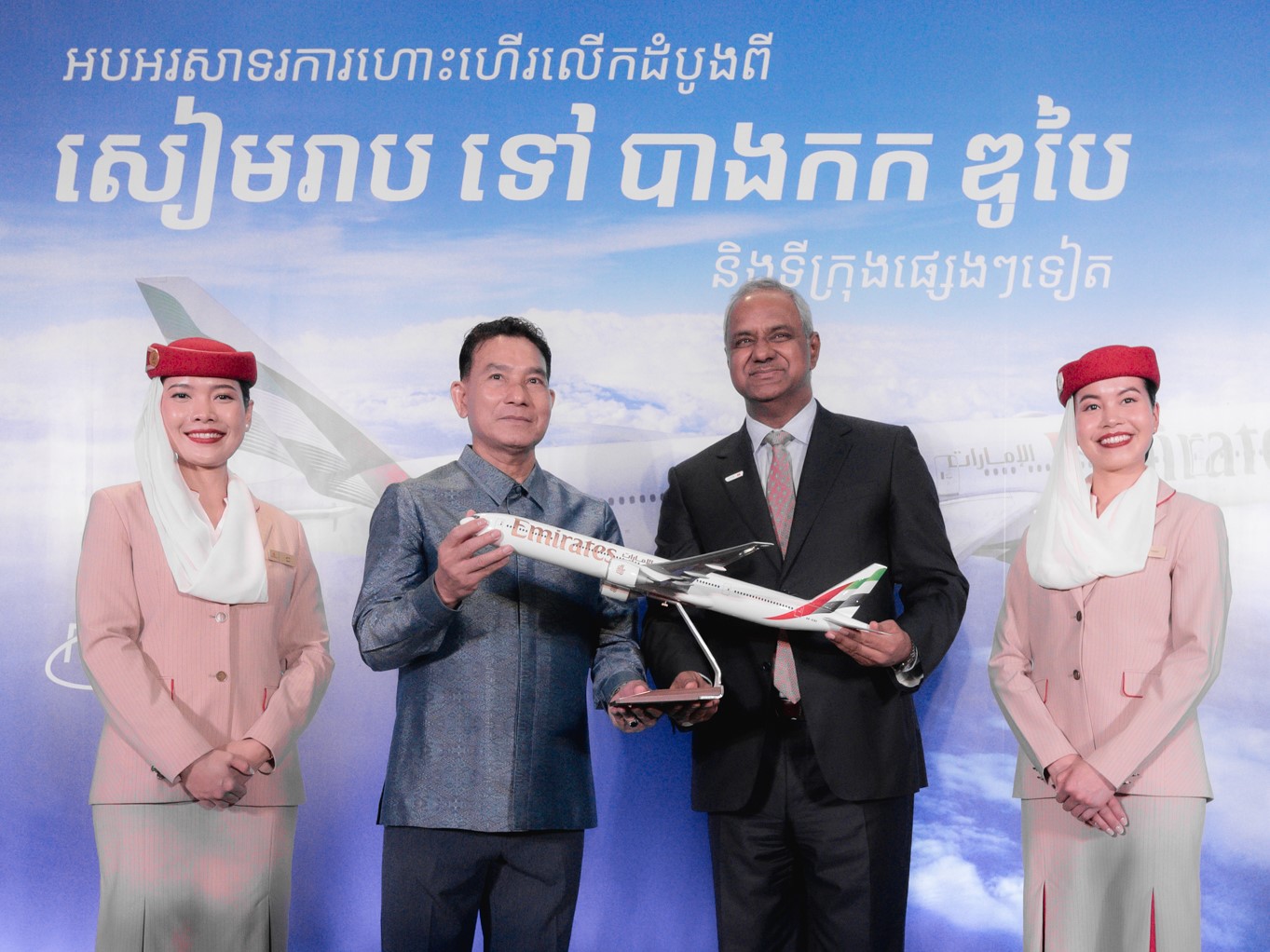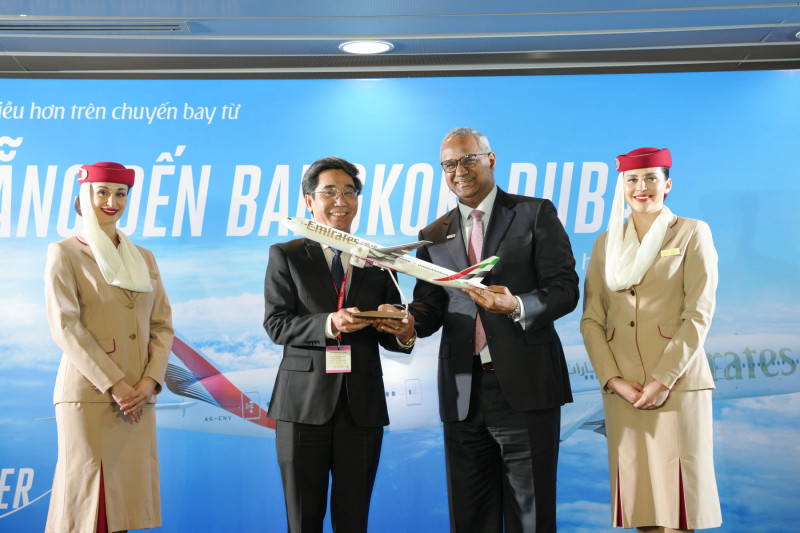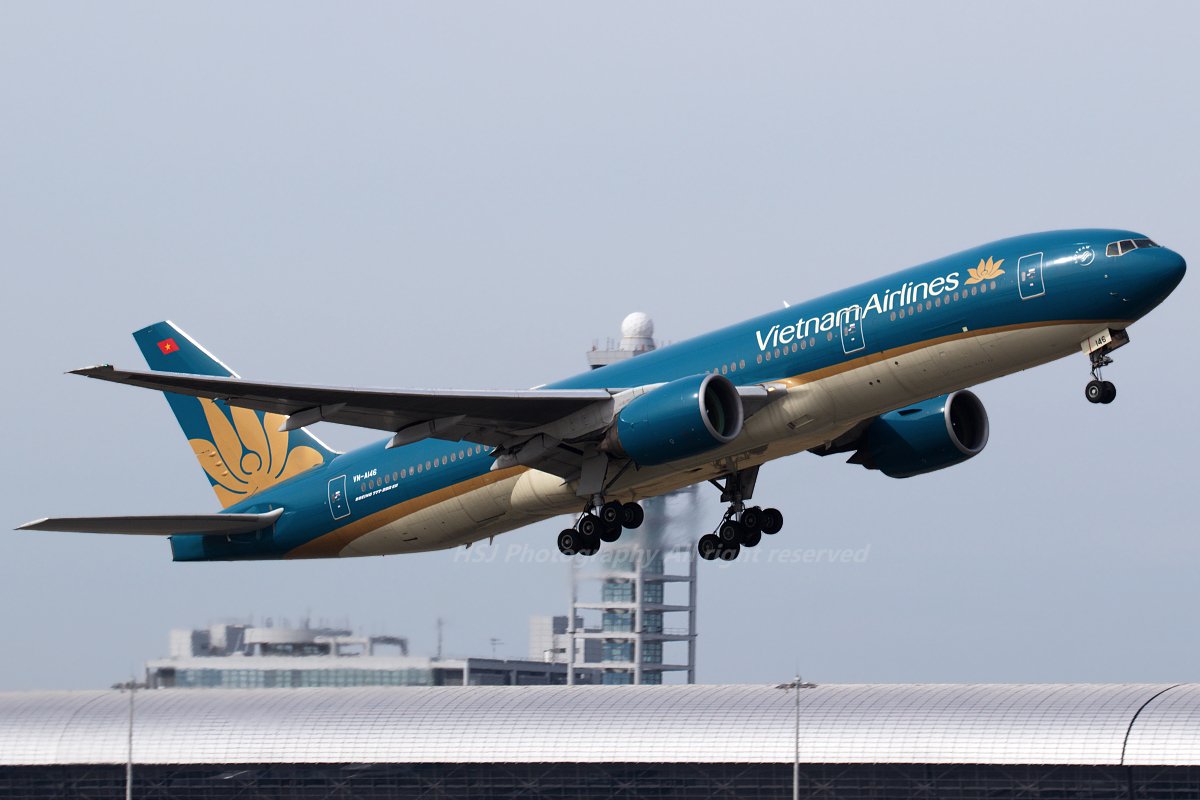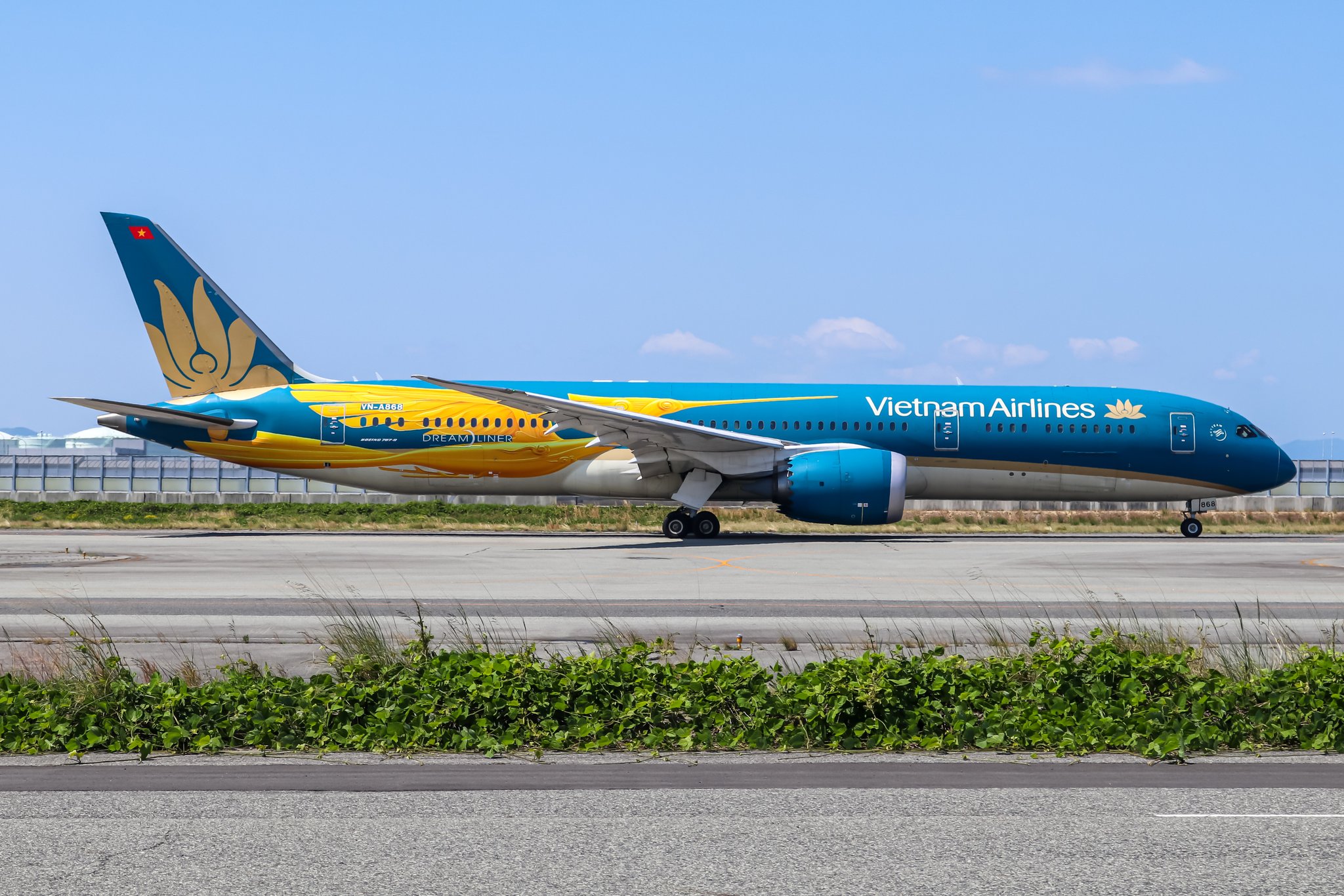
Western Sydney International Airport (WSI) has secured Air New Zealand as its latest international carrier, with direct flights to Auckland set to commence in mid-2027. This new service will begin roughly six months after the airport’s grand opening at the end of 2026.
The Auckland–WSI route will receive partial funding from the New South Wales government’s $16 million Take-Off Fund, aimed at boosting international connectivity for the region.
“This new connection between Auckland and Western Sydney will open up a pathway between two of the fastest growing regions on either side of the Tasman,” said Air New Zealand CEO Greg Foran. “For customers, it’s about getting them to where they want to go more conveniently. For us, it’s another step in strengthening the ties between New Zealand and Australia.”
Air New Zealand joins Singapore Airlines as the second overseas carrier to commit to WSI. On the domestic front, Qantas and Jetstar have already signed on, with QantasLink set to launch operations using Embraer E190 regional jets and possible future deployment of the Airbus A220.
Qantas plans to base five aircraft at WSI, while Jetstar will operate ten Airbus A320 family jets. Together, they anticipate carrying four million passengers on 25,000 flights annually.
While specific domestic routes are yet to be confirmed, flights to Melbourne and Brisbane are expected to be among the first, offering significant time savings for Western Sydney residents—potentially reclaiming up to two hours on same-day trips.
WSI CEO Simon Hickey has been actively courting international airlines, leveraging the airport’s prime location 44km west of Sydney’s CBD and within an hour’s travel for three million people, making it Australia’s third largest catchment area.
“You’ve got Sydney, then Melbourne, and then Western Sydney,” Hickey said, highlighting the region’s rapid growth, youthful population, and strong appetite for travel.
Vietnam Airlines, Philippine Airlines, and Cebu Pacific are also rumored to be early entrants, reflecting the diverse demographics of the airport’s catchment. The airport’s curfew-free status is expected to attract Gulf carriers such as Emirates and Qatar Airways, as well as Turkish Airlines, which will be permitted up to 35 weekly flights between Australia and Istanbul by late 2025.
Despite these opportunities, WSI’s designation as a ‘capital city’ airport shared with Sydney Kingsford Smith may limit some international airlines from expanding their Sydney operations due to regulatory restrictions on flight numbers.
Hickey remains optimistic, noting the strong interest from airlines, particularly in WSI’s 24-hour operational capability, which offers unprecedented scheduling flexibility for global carriers.














